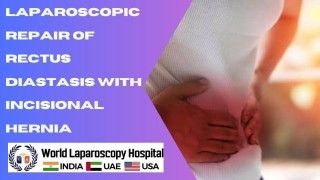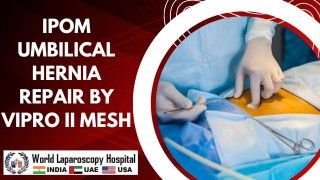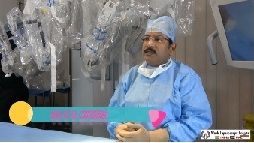ETS for Hyperhidrosis: Step-by-Step Surgical Guide – WLH
Add to
Share
17 views
Report
3 days ago
Description
Endoscopic Thoracic Sympathectomy (ETS) is a minimally invasive surgical procedure aimed at treating excessive sweating, known as hyperhidrosis, typically affecting the palms, underarms, face, or feet. At World Laparoscopy Hospital (WLH), this procedure is performed with a high standard of care using cutting-edge laparoscopic technology. This guide provides a clear, step-by-step overview of the ETS procedure as practiced by the experts at WLH. What Is Hyperhidrosis? Hyperhidrosis is a medical condition where individuals sweat excessively beyond what's necessary to regulate body temperature. It can be emotionally and physically disruptive, often leading to social anxiety, skin infections, and reduced quality of life. When conservative treatments like antiperspirants, medications, or Botox fail, ETS offers a permanent solution. Why Choose ETS at WLH? World Laparoscopy Hospital is renowned for its excellence in minimally invasive surgery. With state-of-the-art facilities, expert laparoscopic surgeons, and a patient-centered approach, WLH ensures optimal outcomes for patients suffering from hyperhidrosis. Step-by-Step Surgical Guide to ETS at WLH 1. Preoperative Assessment Before surgery, the patient undergoes: - A thorough physical examination - Medical history review - Diagnostic tests to confirm primary hyperhidrosis - Counseling about the risks, benefits, and expected results 2. Anesthesia Administration - General anesthesia is administered. - The patient is positioned semi-upright with arms extended to expose the chest wall. 3. Port Placement - Two small incisions (5–10 mm) are made in the armpit area. - A thoracoscope (a small camera) and surgical instruments are inserted through these ports. 4. Lung Deflation - The lung on the operative side is temporarily deflated to allow better visibility and access to the sympathetic chain. 5. Identification of the Sympathetic Chain - The surgeon locates the thoracic sympathetic chain, typically between the second (T2) and fourth (T4) ribs, which controls sweating in the upper limbs and face. 6. Transection or Clipping of Nerve Ganglia - Depending on the location of excessive sweating: - T2–T3 ganglia are targeted for facial sweating - T2–T4 for palmar hyperhidrosis - T3–T5 may be considered for axillary sweating - The nerves are either cauterized or clipped to interrupt the signals that trigger sweating. 7. Lung Re-inflation and Closure - The lung is re-inflated under direct vision. - Instruments are withdrawn, and incisions are closed with absorbable sutures. - The procedure is typically repeated on the opposite side during the same session. Postoperative Care and Recovery - Patients usually recover quickly and can return home the next day. - Mild chest discomfort or temporary sweating changes may occur. - Full recovery is expected within a week, with most returning to normal activities in a few days. Outcomes and Considerations Benefits: - Permanent solution to hyperhidrosis - Improved quality of life and confidence - Minimally invasive, low complication rate Risks: - Compensatory sweating (sweating in other body areas) - Pneumothorax (rare) - Horner’s syndrome (very rare, if upper nerves are damaged) Conclusion Endoscopic Thoracic Sympathectomy at World Laparoscopy Hospital stands as a beacon of hope for those suffering from chronic hyperhidrosis. With experienced surgeons, world-class facilities, and a precise, minimally invasive approach, WLH offers patients a reliable and lasting solution to excessive sweating.
Similar Videos






